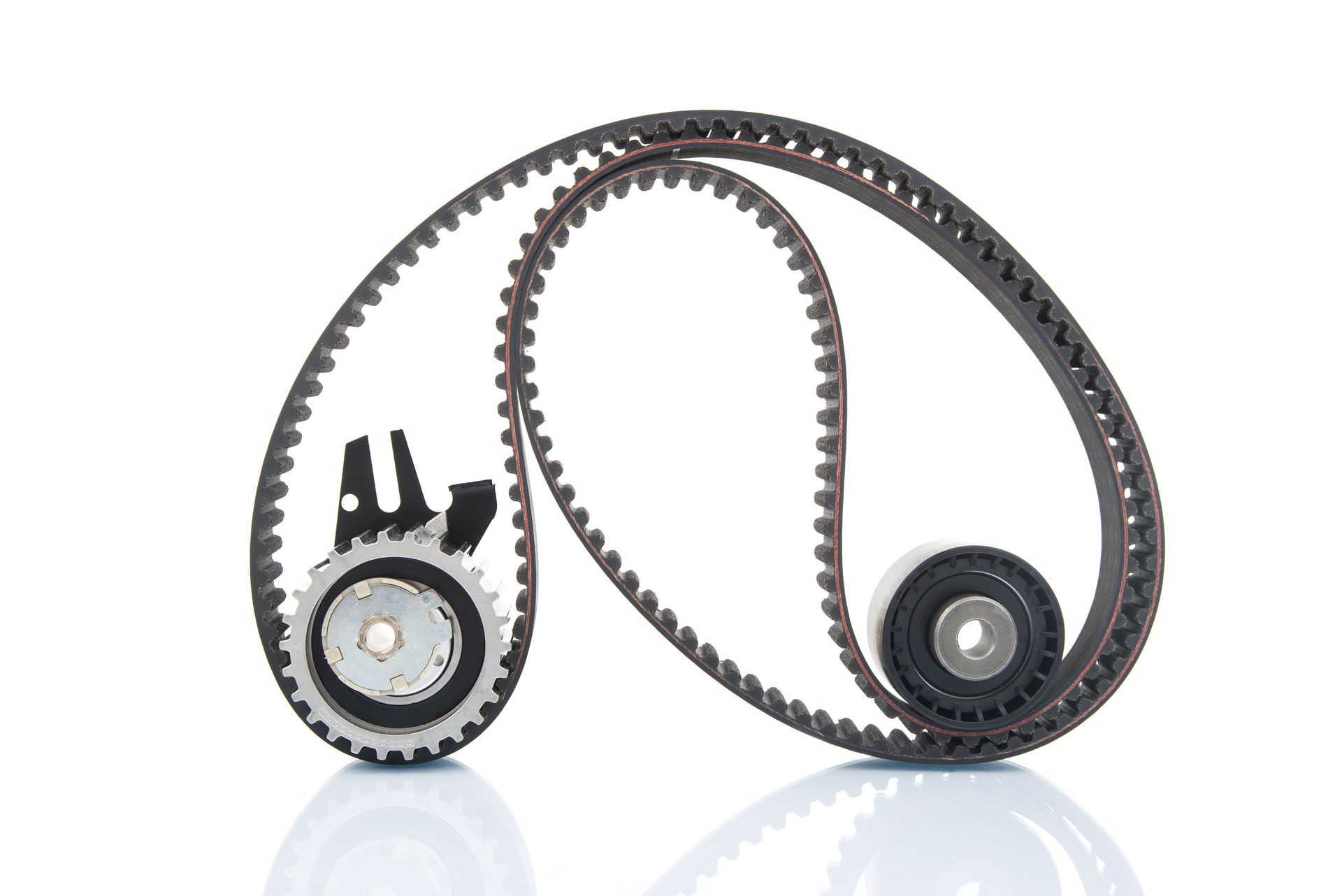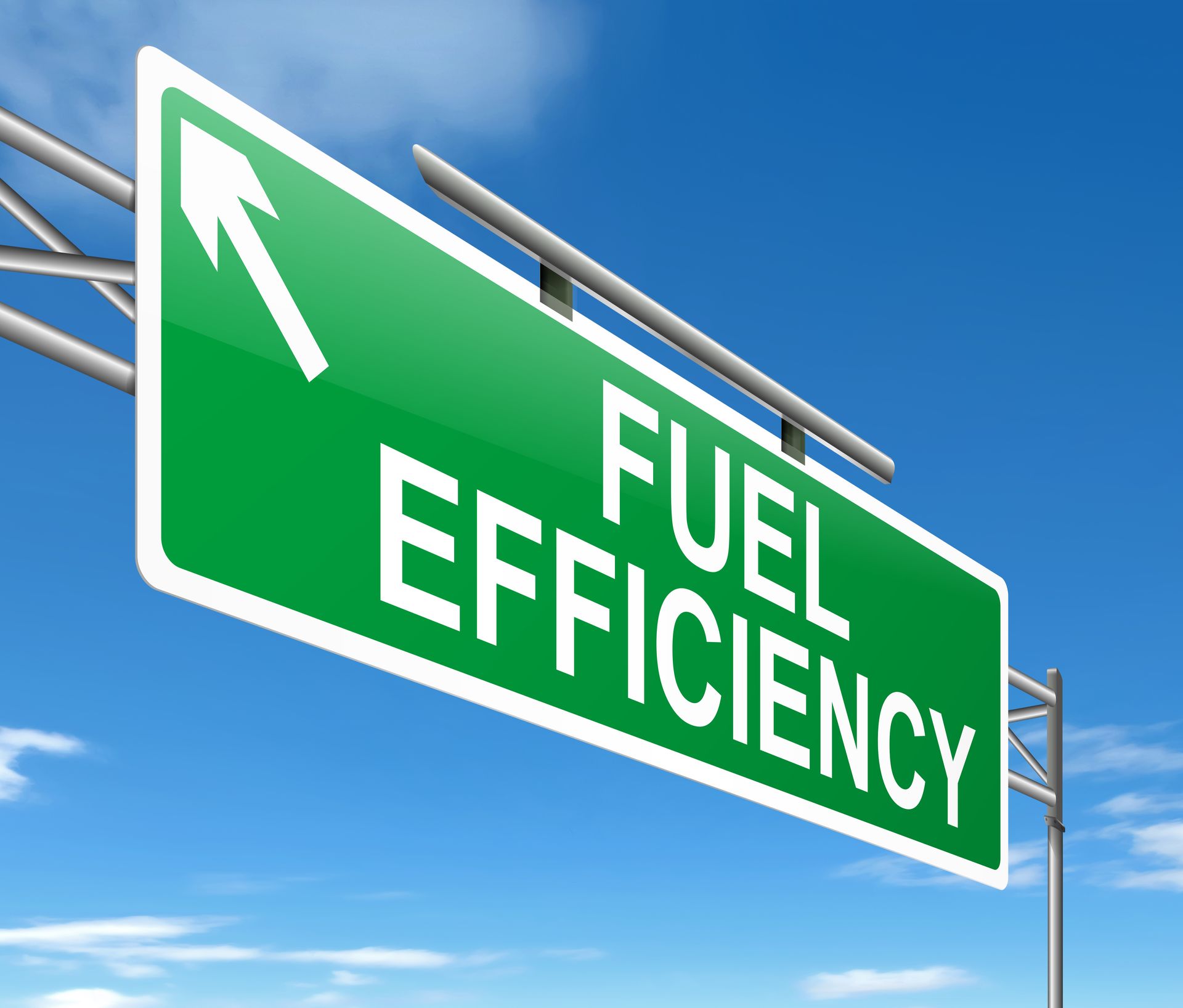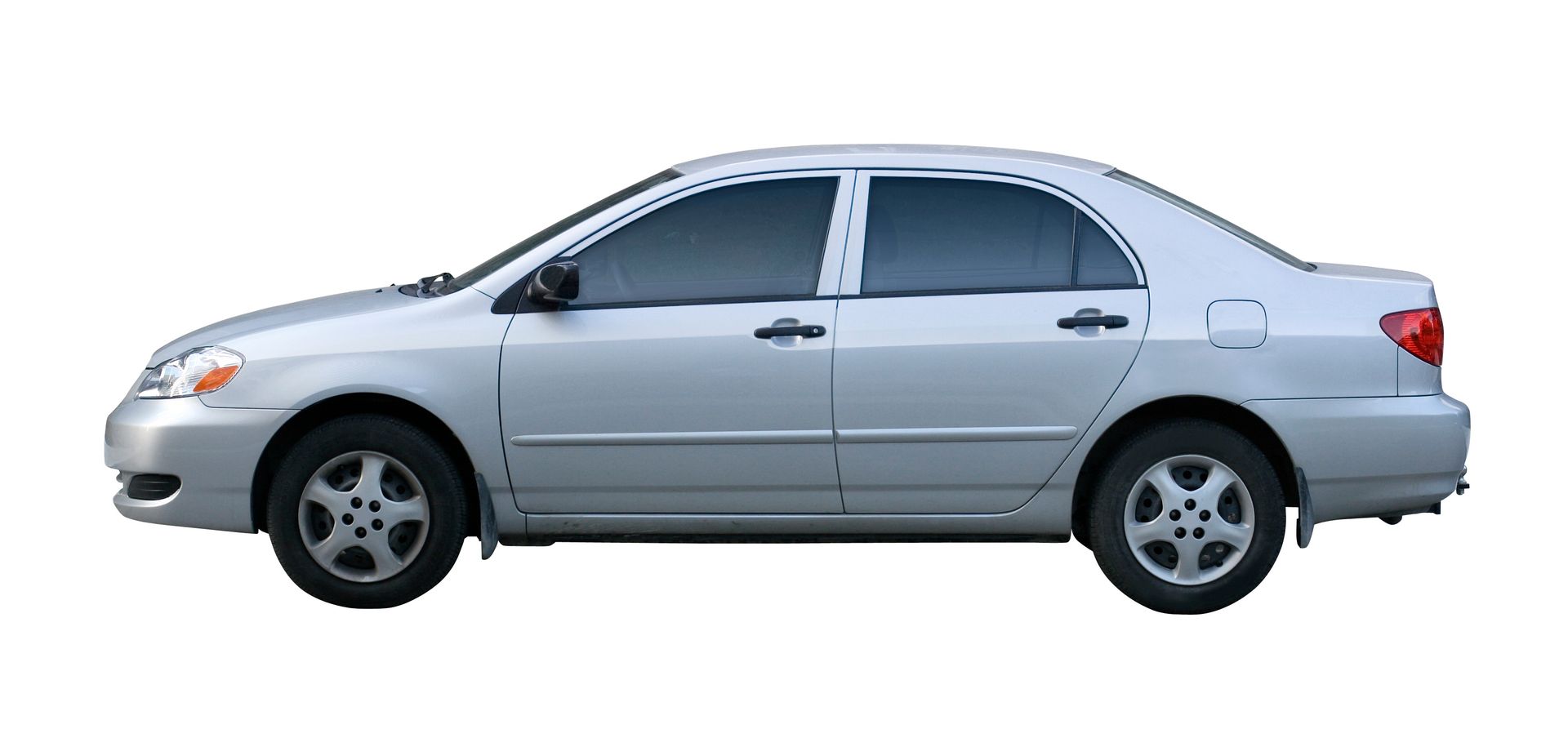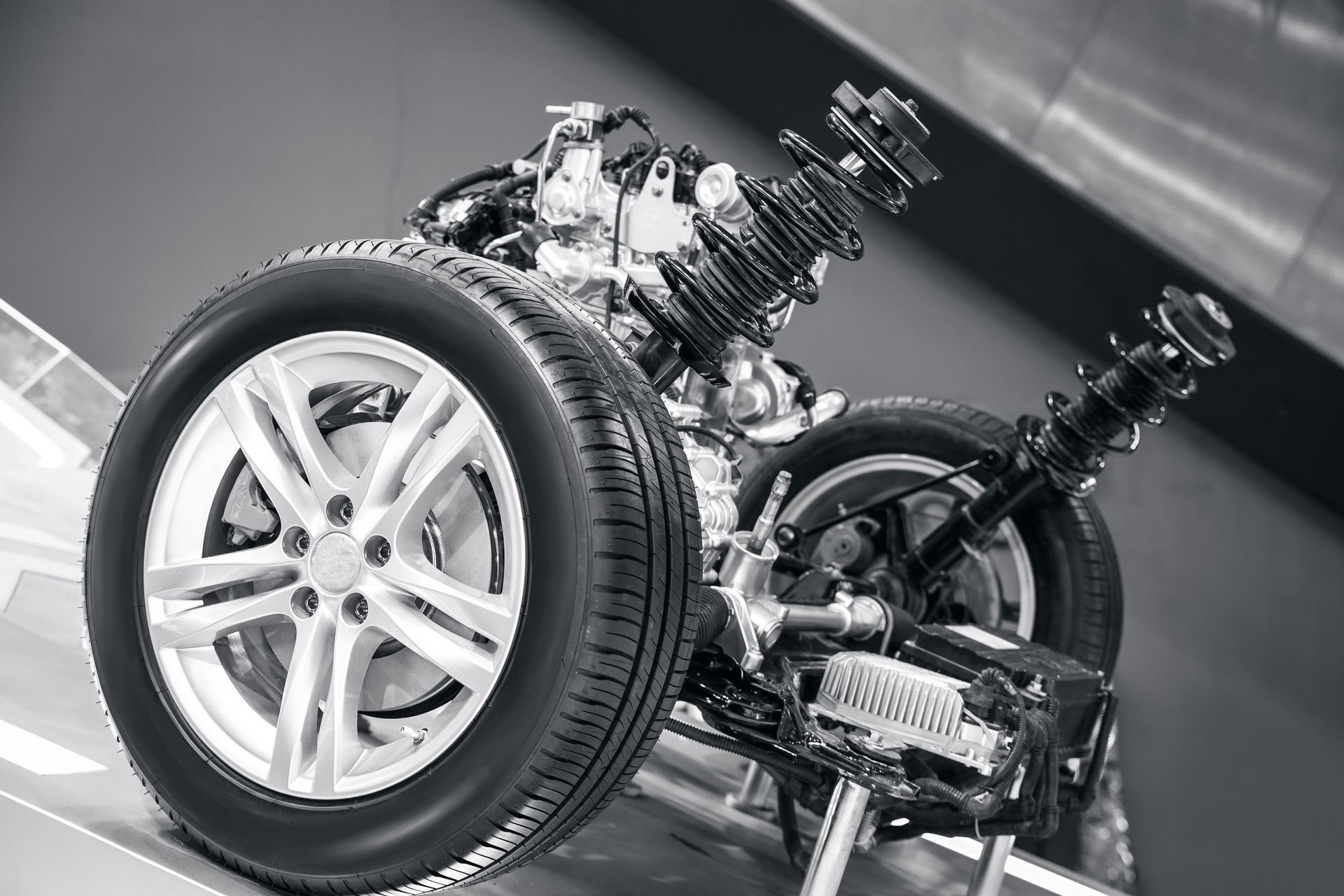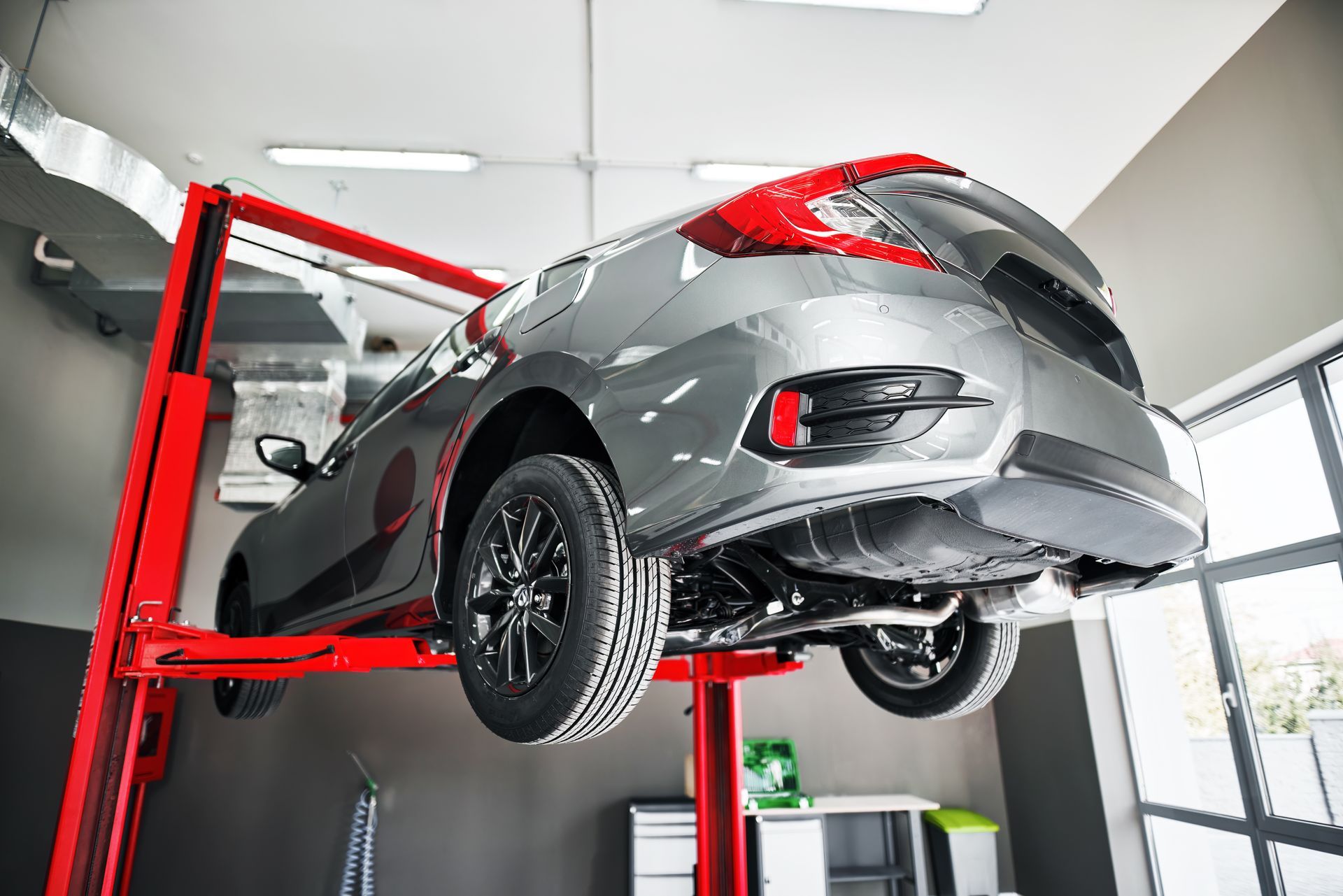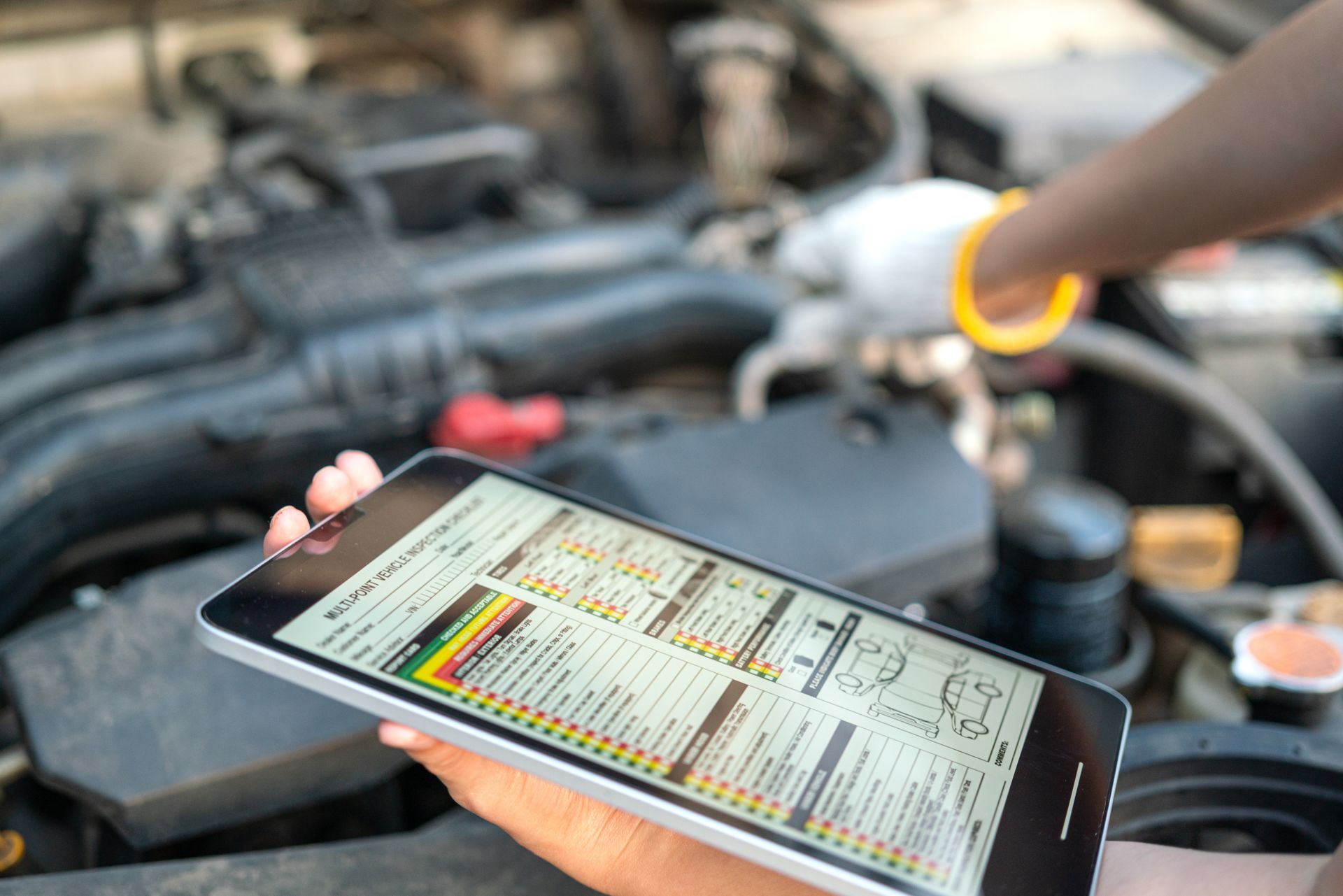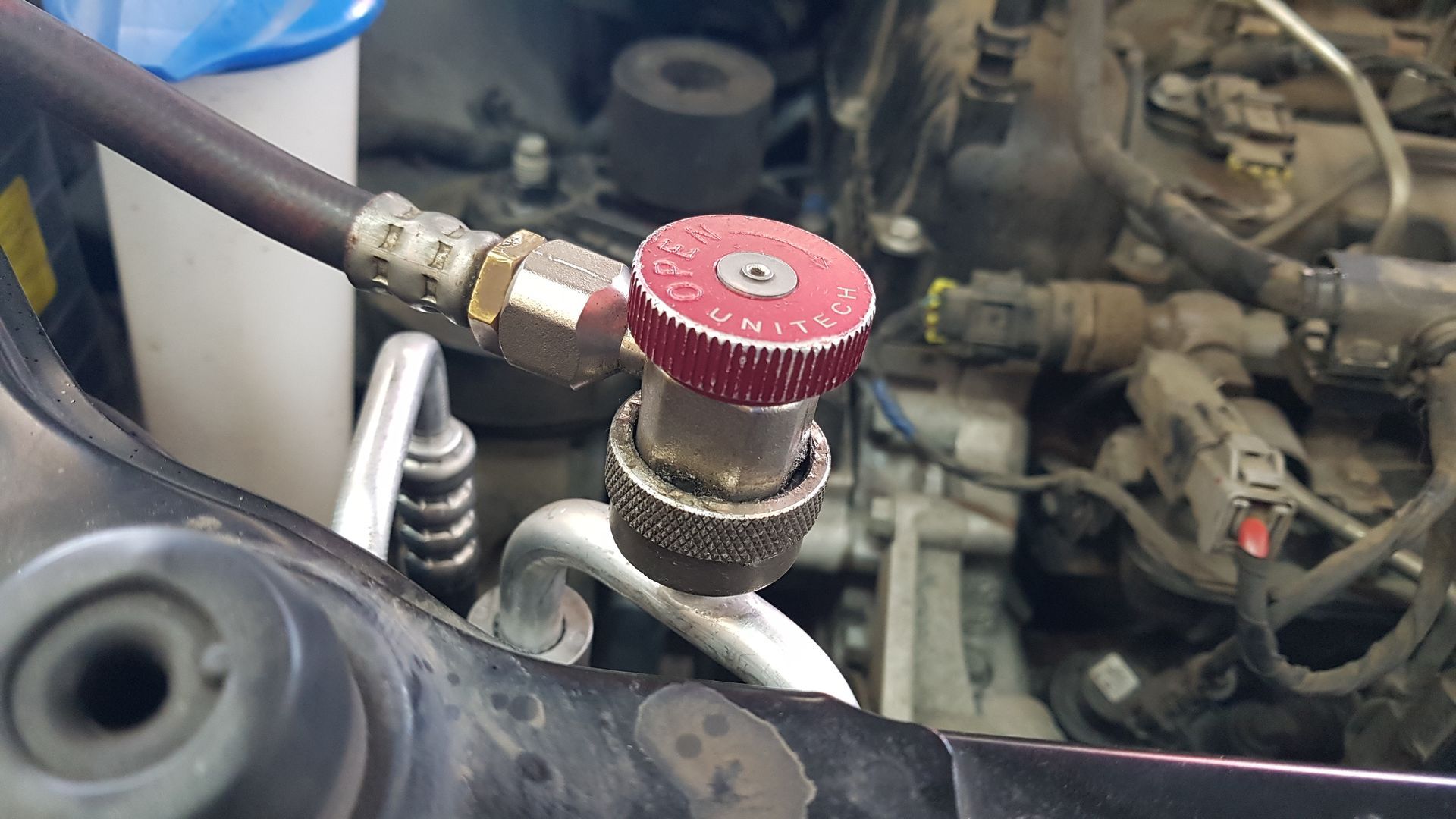Engine sludge is a common yet concerning issue that can wreak havoc on your vehicle's engine if left untreated. It forms when oil breaks down and combines with dirt, debris, and contaminants, creating a thick, gel-like substance that can clog vital engine components.
Causes of Engine Sludge
There are many causes of engine sludge – they include:
- Infrequent Oil Changes: Skipping or delaying oil changes can allow old oil to degrade and form sludge.
- Short Trips: Driving short distances without allowing the engine to reach optimal operating temperature can contribute to sludge formation.
- Poor-Quality Oil: Using low-quality or inappropriate oil for your vehicle can increase the likelihood of sludge buildup.
- Contaminants: Dirt, dust, and other contaminants can enter the engine and mix with oil, leading to sludge formation.
Effects of Engine Sludge
Engine sludge is never good for your engine. The negative effects of ignoring this buildup include:
- Reduced Engine Performance: Sludge can restrict oil flow and lead to inadequate lubrication, resulting in decreased engine performance and efficiency.
- Increased Engine Wear: Sludge buildup can cause increased friction and wear on engine components, potentially leading to costly repairs or engine failure.
- Overheating: Sludge can impede coolant flow and heat dissipation, contributing to engine overheating and potential damage.
- Poor Fuel Economy: Sludge can affect fuel combustion and efficiency, resulting in decreased fuel economy and increased fuel consumption.
How to Remove Engine Sludge
The most effective way to prevent and remove engine sludge is by adhering to a regular oil change schedule recommended by your vehicle manufacturer. Furthermore, professional engine flushing services can help remove built-up sludge and contaminants from the engine, restoring optimal performance.
You should always use a high-quality motor oil that is suitable for your vehicle to help minimize sludge formation and maintain engine cleanliness. Engine sludge removal additives can be added to the oil during an oil change to help dissolve and remove existing sludge buildup.
Engine sludge is a serious issue that can negatively impact your vehicle's performance and longevity if not addressed promptly. By understanding the causes and effects of engine sludge and implementing preventive maintenance measures such as regular oil changes, you can keep your engine clean.
Protect your investment with expert maintenance services at Steveo's Garage. From regular oil changes to other maintenance services, our skilled technicians are here to help keep your engine free from sludge and running at its best.
